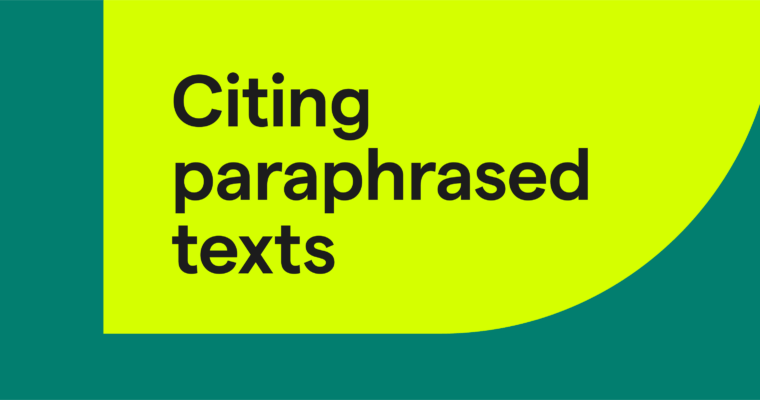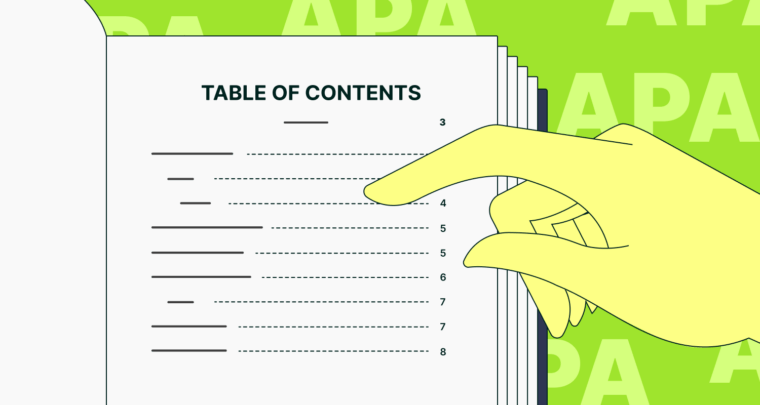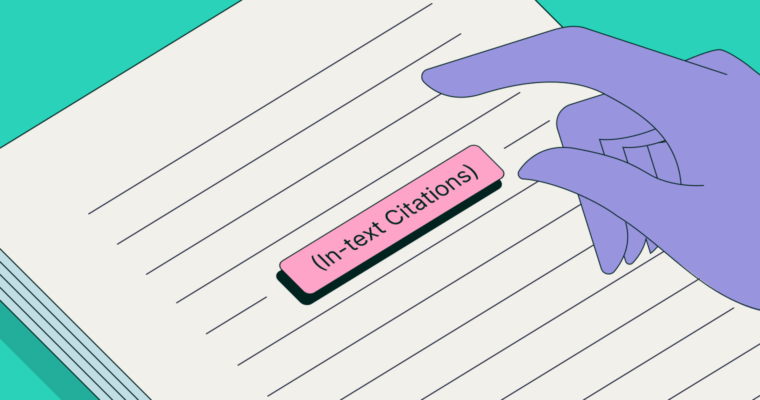If you’ve been assigned an essay, research paper, or another kind of academic writing in your class, you’re probably required to format it according to the Chicago Manual of Style, also known as Chicago style. Chicago style is an academic style guide much like APA and MLA, and it has some overlap, subject area-wise, with MLA format.
While MLA is the preferred format for academic writing in many of the humanities at the undergraduate level, Chicago is often preferred at the graduate level.
As a student doing academic writing, you’ll likely find yourself referencing lectures and speeches in your work. Here is how to cite those sources in Chicago style:
Citing a lecture or speech in Chicago style
One key characteristic of Chicago style is that there are two ways of formatting in-text citations: the Author-Date system and the Notes-Bibliography system. No matter which you use, there’s no need to start a new paragraph after an in-text citation. If you aren’t sure which to use, ask your instructor.
Author-Date In-text citation
In the Author-Date system, in-text citations are formatted like this:
Reference within the body text (Author’s Last Name, Year).
Example:
. . .because the conditions made it impossible for the reaction to occur (Tang, 2004).
Notes-Bibliography In-text citation
In the Notes-Bibliography system, in-text citations are noted with superscript and then followed with a footnote at the bottom of the page. Here is an example:
“Quoted content being cited.”1
1. Speaker’s First and Last Name, “Lecture Title” (lecture, Institution, City,
State, Date of lecture).
Example:
“Every night, we waited for the fox to return.”1
1. Emre Demir, “A Fox Approaches the Hen House” (lecture, Agri University,
Willowbrook, WY, March 20, 2018).
Bibliography citation
Whether you use the Author-Date system or the Notes-Bibliography system for your in-text citations, your bibliography citations are formatted the same way:
Speaker’s Last Name, Speaker’s First Name, “Lecture Title” (lecture,
Example:
Kelleher, Roland, “How to Hook Any Audience” (lecture, Elizabeth College,
If the lecture had two or more speakers, list them together with a comma between each. Only list the first speaker’s name in reverse order; list the others as Speaker’s First Name and Last Name.
How to cite a lecture delivered via PowerPoint, Google Slides, Pitch, etc.
In Chicago style, cite PowerPoint lectures or slides in this format:
Speaker’s Last Name, Speaker’s First Name. “Lecture Title.” PowerPoint
Example:
Marks, Diana. “Fish Roles in the Wetlands Ecosystem.” PowerPoint
How to cite a transcribed lecture
If you read, rather than listened to, a lecture or speech, the format for citing it in your bibliography is a bit different from the format for citing a lecture you attended. If you read a lecture transcript in a book, cite it using this format:
Author last name, first name. Year. “Speech Title.” In
Example:
Bott, Amethyst. 2001. “We Can’t Keep Our Mouths Shut Any Longer.” In
And if you read the lecture online, cite it using this format:
Speaker last name, First name. Year. “Speech Title.” Transcript of speech
Example:
Tave, Michael. 2021. “Winter Flu Trends, 1990–2010.” Transcript of lecture
How to cite a recorded lecture
If you listened to the speech or lecture, rather than attended it live or read it, cite it using this format:
Speaker last name, First name. Year. “Lecture Title.” Recorded at Location,
Example:
Kroger, Anita. 2020. “Deficits and Returns Across Real Estate Classes.”
And if you watched it in video form, cite it in this format:
Speaker’s Last Name, Speaker’s First Name. Year. “Video Title.” Lecture Series
Example:
Vasquez, Raymond. 2019. “Steel vs. Glass.” Materials by Recyclability,
Note that just before the video length and URL entries, this citation notes that the reference is a video of a lecture. This is to make it clear to the paper’s readers that the author watched a recorded version of the lecture, rather than attended it live, which can be helpful if they need to find the video themselves. In all major style guides, certain citation types include information like this for this reason.
What if there’s no date listed?
When there is no date listed for the lecture or speech you referenced list n.d. in place of the date in your citation. This abbreviation, n.d., stands for “no date.”
What if there’s no author listed?
If there is no author listed for the lecture or speech you referenced, simply begin your citation with the lecture’s title. Then, follow the rest of the citation format for the type of lecture or speech you’re referencing.
Cite your sources with confidence
No matter what kind of academic writing you’re doing, citing your sources correctly is a critical part of the assignment. Before you submit your work to your instructor, always double-check that all your references are cited correctly—and that your work is free from grammatical and spelling mistakes.





